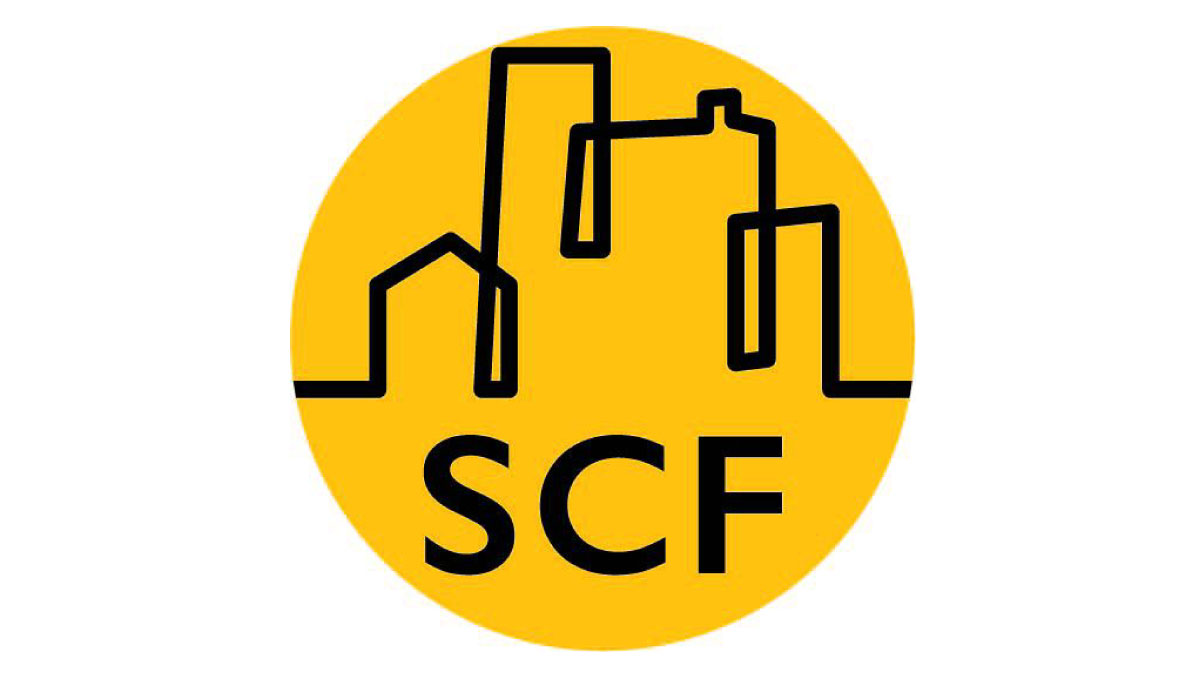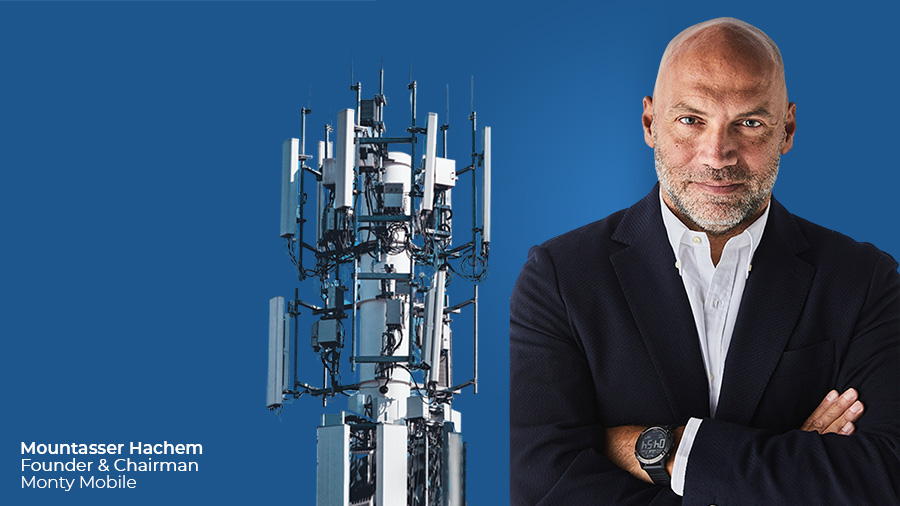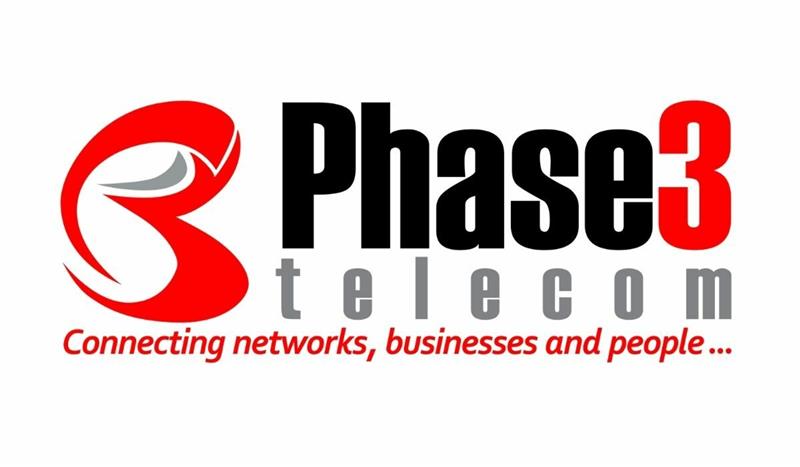Press Releases
SCF Publishes 5G nFAPI 1.0 Specification to Speed and Simplify Open RAN Small Cell Deployments

London, UK 23rd September 2020 – Small Cell Forum (SCF) today published the first release of the 5G nFAPI 1.0 specification, a highly flexible next-generation network interface which leverages the widely adopted FAPI MAC/PHY API used in the vast majority of the world’s millions of deployed System-on-a- Chip (SoC) based small cells. Following considerable interest in Open RAN and disaggregation from the mobile network operator community, 5G nFAPI Split option 6 is one of several functional split options to have been shortlisted as a candidate for further evaluation. Today’s release of the specification will enable early implementations for evaluation by mobile operators and other deployers. SCF also today announced a roadmap for ongoing future implementation and ecosystem support, full details are available for download here.
Today’s announcement adds 5G network-FAPI (nFAPI) to the suite of established 3G, 4G and 5G API specifications already used in small cells the world over. nFAPI provides a transport wrapper around the established FAPI PHY API to create an open split option 6 interface between an S-RU and S-DU. nFAPI enshrines all of the principles of the open RAN ethos: S-DU functions can be virtualized and run on lightweight COTS servers or edge Cloud and can interoperate with S-RUs from any supplier. An open source reference implementation is available for FAPI and can extend to nFAPI.
“The flexibility and scalability of modular and virtualized radio access networks are primed to accelerate innovation in cellular infrastructure, help lower OPEX and CAPEX costs and enable a software upgradable network architecture,” said Puneet Sethi, Senior Director, Product Management, Qualcomm Technologies, Inc. “Qualcomm Technologies is very pleased to support development and implementation of the 5G nFAPI 1.0 specification, with the goal of enabling a standards-based and interoperable marketplace that is more open, robust, innovative and competitive.”
“Operators are currently evaluating the various approaches to building 5G networks which enable them to deploy disaggregated RAN architectures based on standard specifications to increase competition and increase economies of scale,” said Ravi Sinha, Director, Product Development and Solutions, Reliance Jio. “As a leading operator we are proud to have been involved in helping define this specification within SCF and look forward to evaluation feedback from MNOs and other deployers.”
“This specification has brought together the combined knowledge and deployment experience of leading mobile operators, silicon vendors and telecoms software companies to enable an open interface for disaggregated small cell solutions,” said Ganesh Shenbagaraman, Vice President, Engineering, Radisys. “As a leading small cell software provider and a key contributor to this specification, we are eager to see the adoption of nFAPI open interface in 5G small cells deployment.”
“SCF has been central to developing specifications for Radio Access Networks that encourage competition and innovation among suppliers from across the ecosystem,” said Dr. Prabhakar Chitrapu, Chair, Small Cell Forum. “Building on this proven track record, today’s announcement brings this considerable body of experience to bear on 5G Open RAN and we look forward to further announcements in the near future as we continue to announce further feature implementation and standards development.”
About Small Cell Forum
Small Cell Forum develops the technical and commercial enablers to accelerate small cell adoption and drive wide-scale densification.
Broad roll-out of small cells will make high-grade mobile connectivity accessible and affordable for industries, enterprises and for rural and urban communities. That, in turn, will drive new business opportunities for a widening ecosystem of service providers.
Those service providers are central to our work program. Our operator members establish the requirements that drive the activities and outputs of our technical groups.
We have driven the standardization of key elements of small cell technology including Iuh, FAPI, nFAPI, SON, services APIs, TR-069 evolution and the enhancement of the X2 interface. These specifications enable an open, multi-vendor platform and lower barriers to densification for all stakeholders.
Today our members are driving solutions that include:
- 5G Components, Products, Networks
- Dis-aggregated 5G Small Cells
- Planning, Management and Automation
- 5G regulation & safety
- Neutral Hosts & Multi-operator
- Private and Public Network coexistence
- Edge compute with Small Cell Blueprint
- End-to-end orchestration
The Small Cell Forum Release Program has now established business cases and market drivers for all the main use cases, clarifying market needs and addressing barriers to deployment for residential, enterprise, rural & remote, and urban small cells. It has also established initiatives relating to both public and private (MNO) coordination. The Small Cell Forum Release Program website can be found here.
Press Releases
Monty Mobile: The First Company in the Middle East & Africa to Provide 5G End-to-End Solutions for Telcos

Monty Mobile provides an in-house, cost-effective, well-optimized 4G+ and 5G end-to-end wireless solution serving both small and large-scale mobile and fixed operators targeting both urban and rural areas.
Moreover, operators are offered flexible payment plans for up to 5 years, first payment after 3 years, helping them stay ahead of their competitors.
This on- cloud solution guarantees improved scalability, mobility and security in addition to great savings on both CapEx and OpEx.
With this solution, Monty Mobile is introducing an alternative to Tier1 Telecom Suppliers such as Ericsson, Huawei, Nokia, and ZTE.
“The best is yet to come; stay connected!”, says Mountasser Hachem, Founder & Chairman of Monty Mobile.
More details regarding this full end-to-end solution will be disclosed in the Inside Telecom magazine next month in an exclusive interview.
Press Releases
Africa’s Leading Independent Telecommunications Services Provider, Phase3 Telecom moves onto Digital Connectivity Enterprise in Nigeria and West African Sub-region

The upgrades will cover security features, performance enhancements. agile update capacity and quality delivery mechanisms.
ABUJA, Nigeria, March 10, 2022: Africa’s leading independent aerial fiber optic network infrastructure and telecommunications services provider, Phase3 Telecom, is enabling advanced digital connectivity, improved performance and enhanced network security for enterprise. This drive is targeted at cost efficient and unified network endpoint management for businesses in Nigeria and the West African sub-region.
This development is also designed to amplify Phase3 enterprise value active network deployments for MSMEs, large scale corporates and institutions.
According to the company’s executive chairman – Stanley Jegede, “this expansive service optimization is targeted at improved coverage on Phase3 network routes through Africa as well as to assure solutions that help businesses transform and scale seamlessly.
He says, “Phase3 current network upgrades is an ongoing exercise and will cover security features, performance enhancements, agile update capacity, and quality delivery mechanisms for enterprise segments. Especially in the areas of productive work-from-anywhere or do-business-from-anywhere and digitized remote connectivity solutions”.
In addition to the company’s focus to increase enterprise based networks data handling capacity and their capability to access data within dissimilar sources faster vis-a-vis smarter, as today’s global clime demands.
Jegede, in his concluding statement says, “Phase3 layered digital capabilities will both enhance Phase3 network architecture and compliment legacy connectivity service experience in remote locations with significant Phase3 presence and network access points.
About Phase3 telecom
Phase3 Telecom is a leading independent fiber optic infrastructure with Points-of-Presence (POPs), colocation, and NOCs in Nigeria. Issued a National Long Distance Operator (NLDO) license in 2003 by the Nigerian Communications Commission (NCC), and with a vibrant as well as a dedicated team of experienced professionals, we are the network of choice for high-performance, data-intensive and low latency connectivity that span dedicated internet access, MPLS VPN, metro ethernet, wide area network solutions etc. We currently operate across the ECOWAS region and international markets through strategic partnerships that allow us to connect our clients across 400 cities worldwide. And ours is an extensive and secure network with end-to-end capabilities that service providers and businesses can rely on to scale, manage costs and assure efficiency. As our network continues to evolve into other layered service streams, including cloud-based and network security solutions – our invaluable clients will continue to remain the core of every investment that we make; innovation that we create; and technology that we adopt during the 4th industrial revolution to position us as the network of the future.
Press Releases
Digital Therapeutics Revenue from Health Insurers to Reach $8 Billion Globally by 2026

Hampshire, UK – 14th March 2022: A new study from Juniper Research has found that digital therapeutics revenue from health insurers will increase to $8 billion by 2026, up from $1.1 billion in 2022; representing a growth of 610 percent over the next four years. Digital therapeutics are clinically validated software programs for the treatment of chronic medical conditions, either independently or in conjunction with other therapies.
The report found that digital therapeutics facilitate the proactive mitigation of chronic medical conditions before they require costly interventions; enabling health insurers to reduce long-term costs per patient. However, it highlighted that these savings will be limited to health insurers in developed regions, where consumer devices and digitalized health infrastructure are ubiquitous. As such, it noted that health insurers in Africa and Latin America will contribute less than 2 percent towards health insurer-led digital therapeutics revenue in 2026.
A new research, Digital Therapeutics & Wellness: Key Trends, Business Models & Market Forecasts 2022-2026, identified that insurers will also benefit from an ongoing shift among digital therapeutics vendors towards engagement- and results-based payments. It recommends that therapeutics providers looking to leverage this trend prioritize the development of performance benchmarks, as demonstrating improvement and preventing patient abandonment will become a direct monetary issue.
Machine Learning to Move into Advisory Role as Liability Issues Emerge
The report forecasts that the number of people using digital therapeutics will increase by 381% over the next four years, and recognizes that machine learning will be key to this growth by facilitating advanced data analytics, remote patient monitoring, and real-time conversational coaching. However, it cautioned that an ongoing lack of standards surrounding the use of machine learning within digital therapeutics will result in vendors limiting its role in their offerings.
Research author Adam Wears explained: “As developers and healthcare providers increasingly grapple with issues of liability and malpractice, machine learning will transition from a patient-facing role to a diagnostic tool offered through provider-facing dashboards; to be used by clinicians and specialists in a manner akin to traditional computer-aided diagnostics.”











